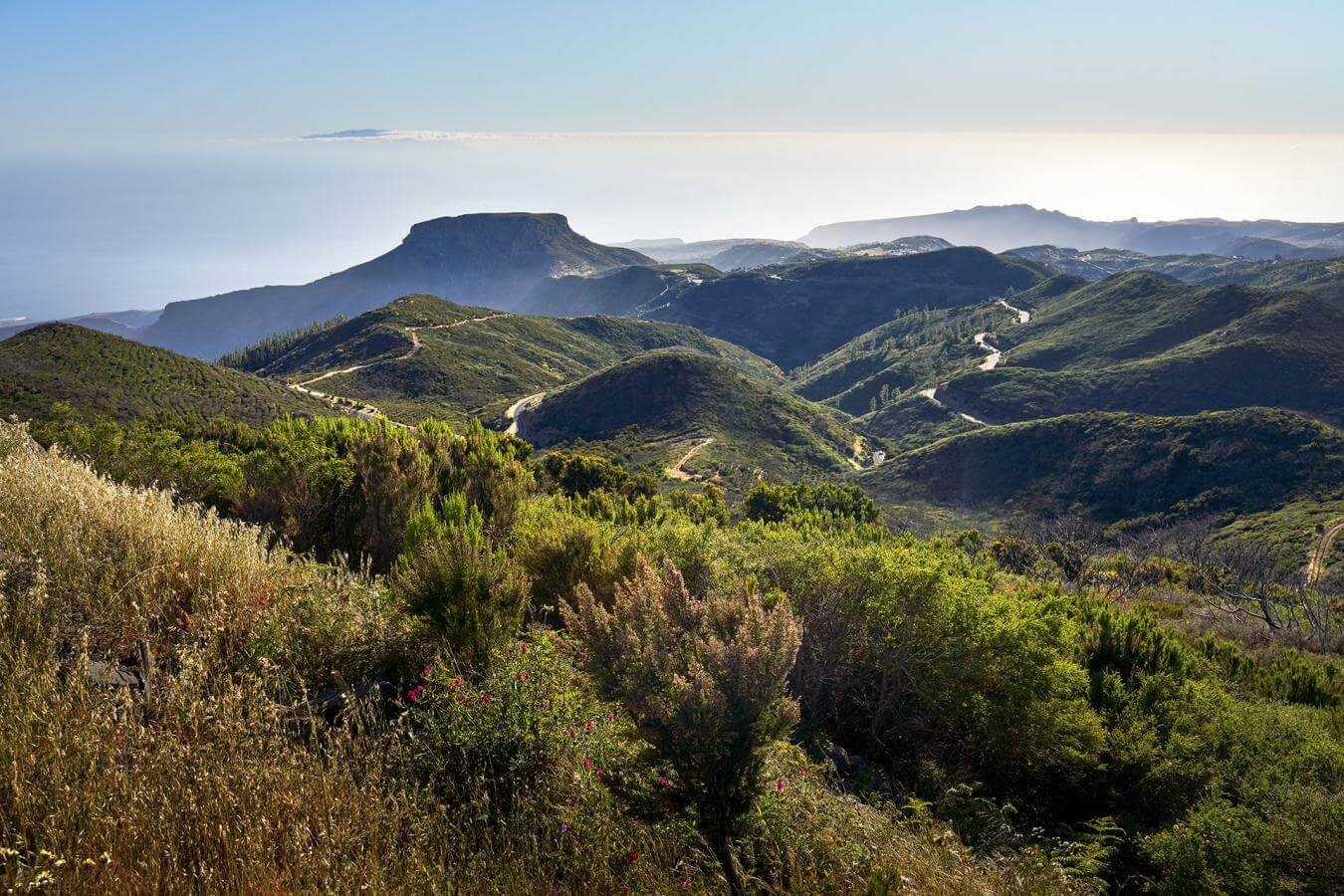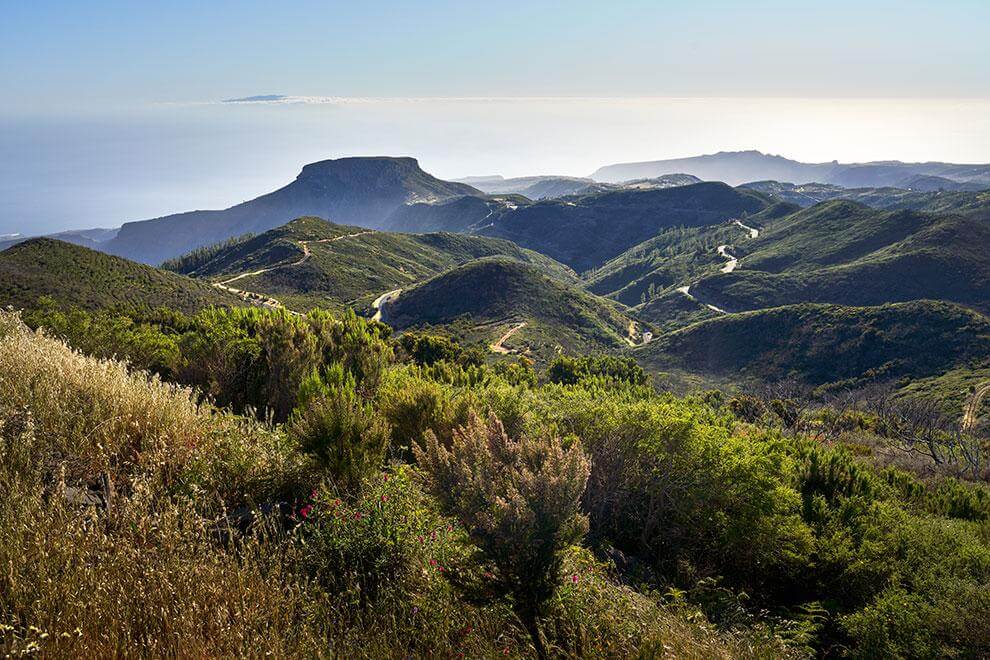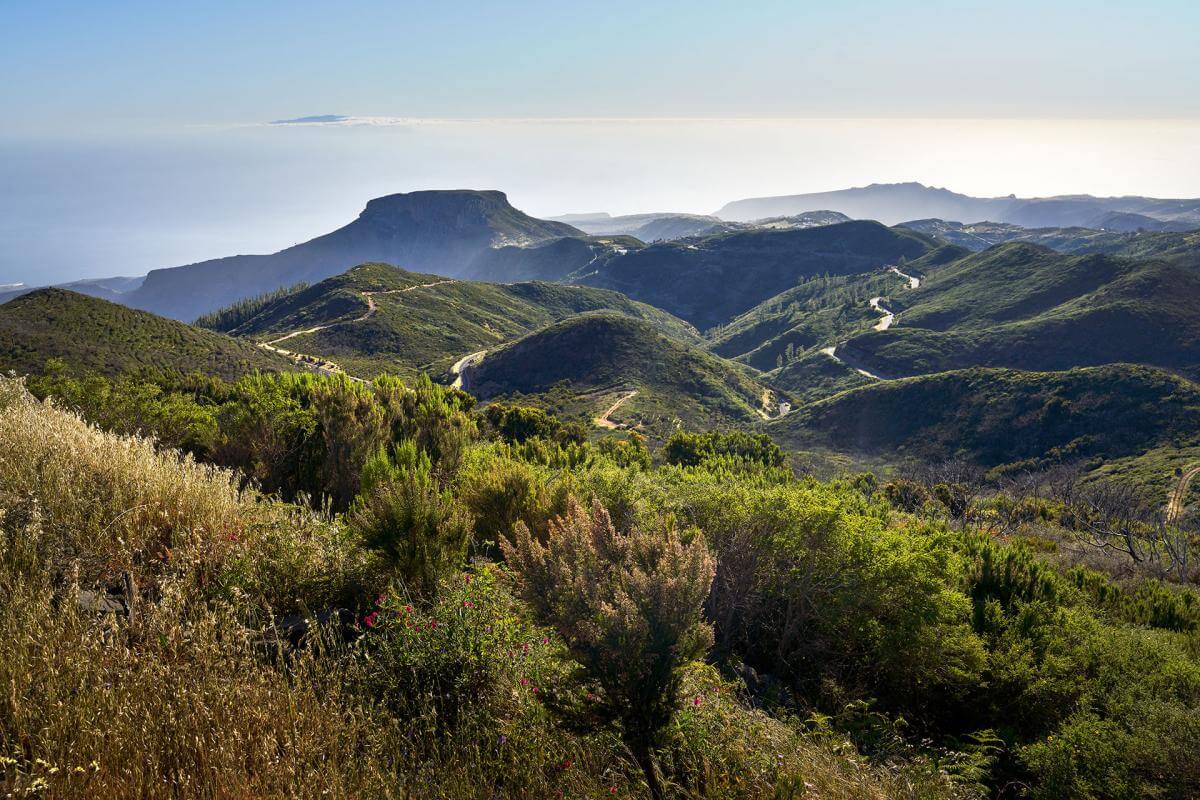In La Gomera lived an aboriginal people who worshipped and respected mother earth, with noble principles and original customs that have survived until today, such as the whistled language of La Gomera, declared an Intangible Cultural Heritage of Humanity by UNESCO. Gofio, guarapo and “palm honey”, the basis of their gastronomy, gave them the energy they needed to walk their trails, which are preserved in the more than 600 marked kilometers of the network of trails found in the Info La Gomera App. The trace of the history of its conquest by the Spanish Crown of Castile in the 15th century remains latent. We propose that you discover the island, enjoying the peace of its unique natural landscape, recognized as a UNESCO Biosphere Reserve.



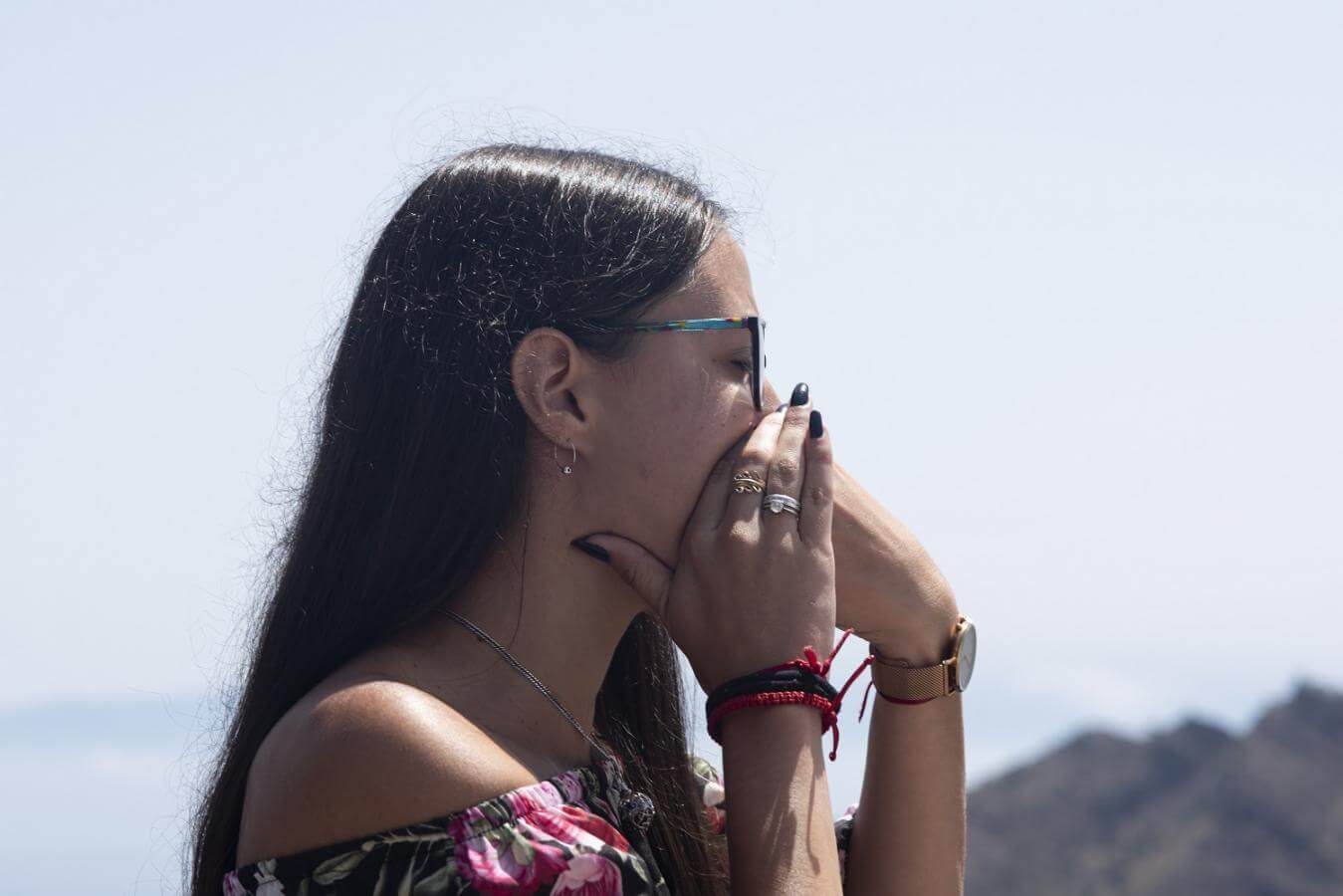

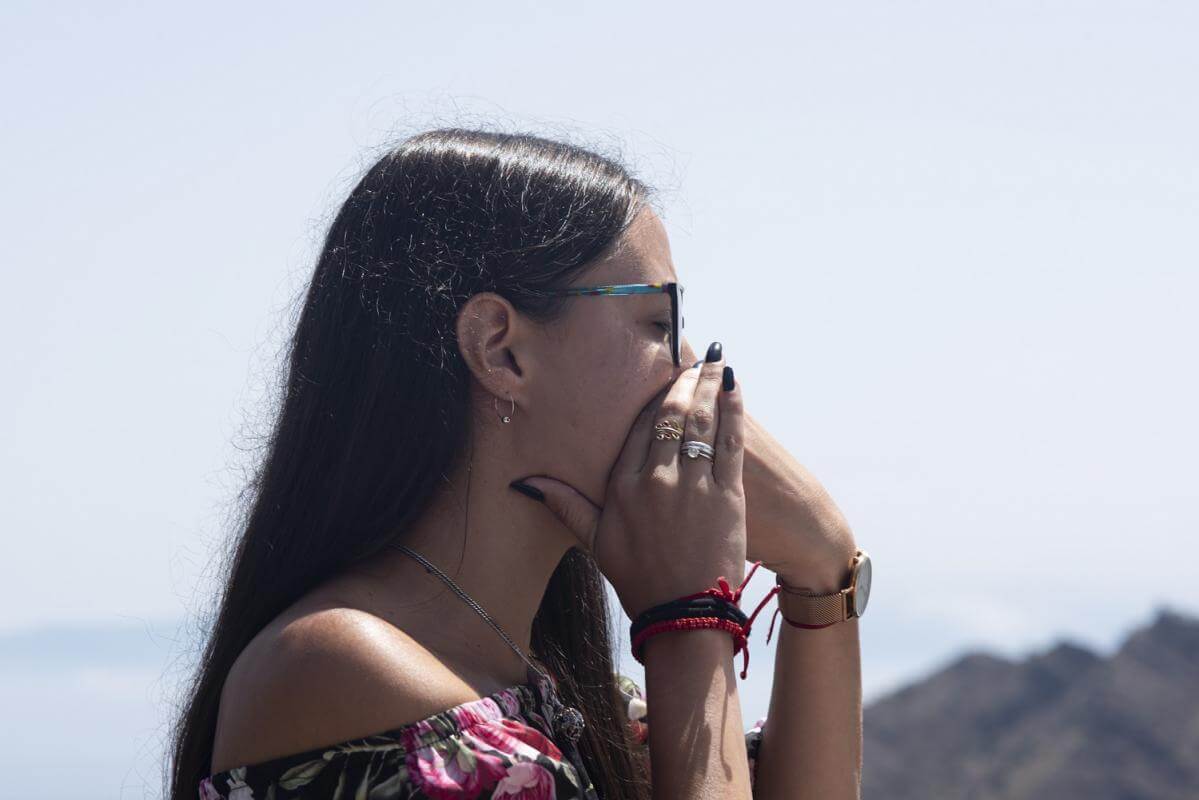
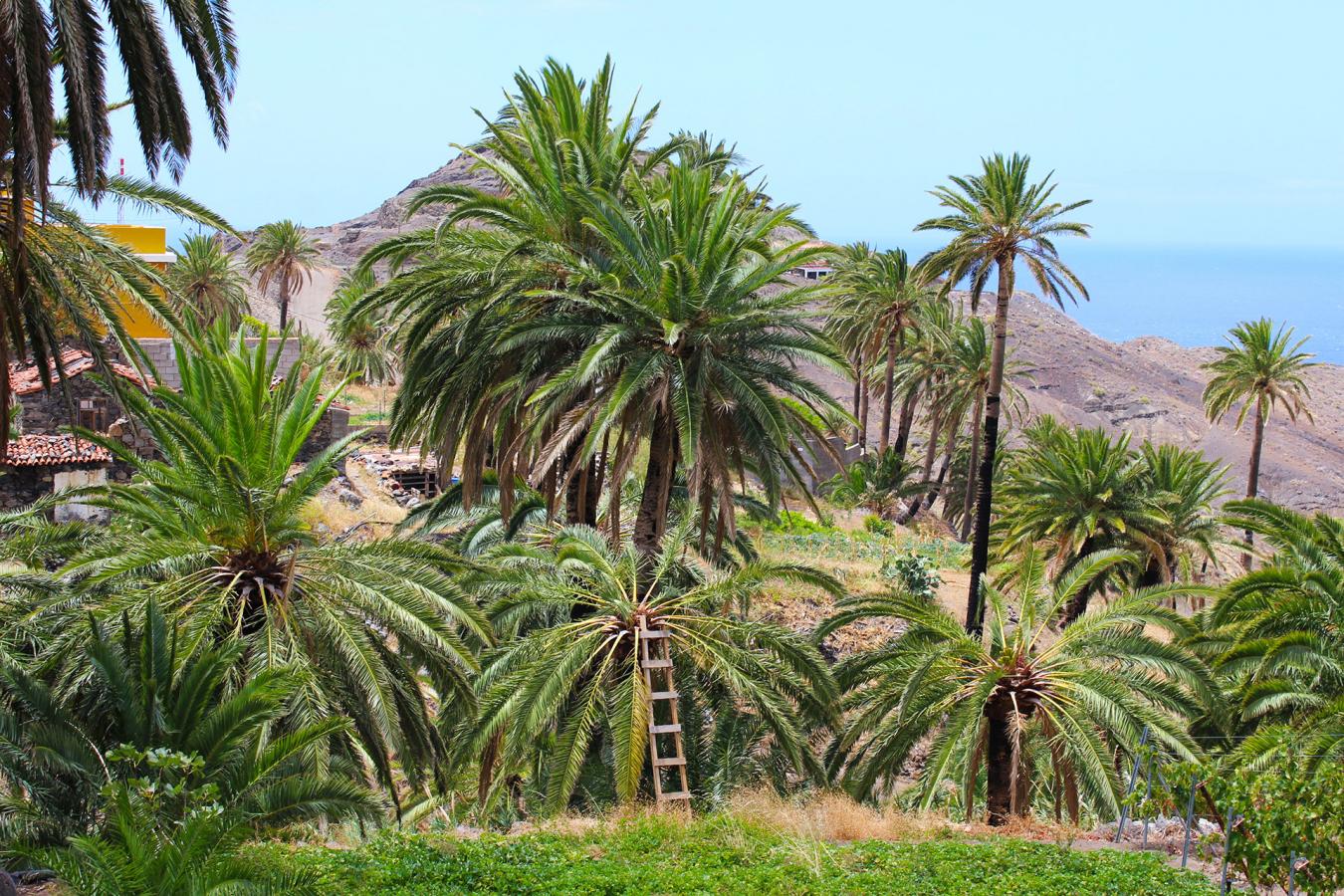
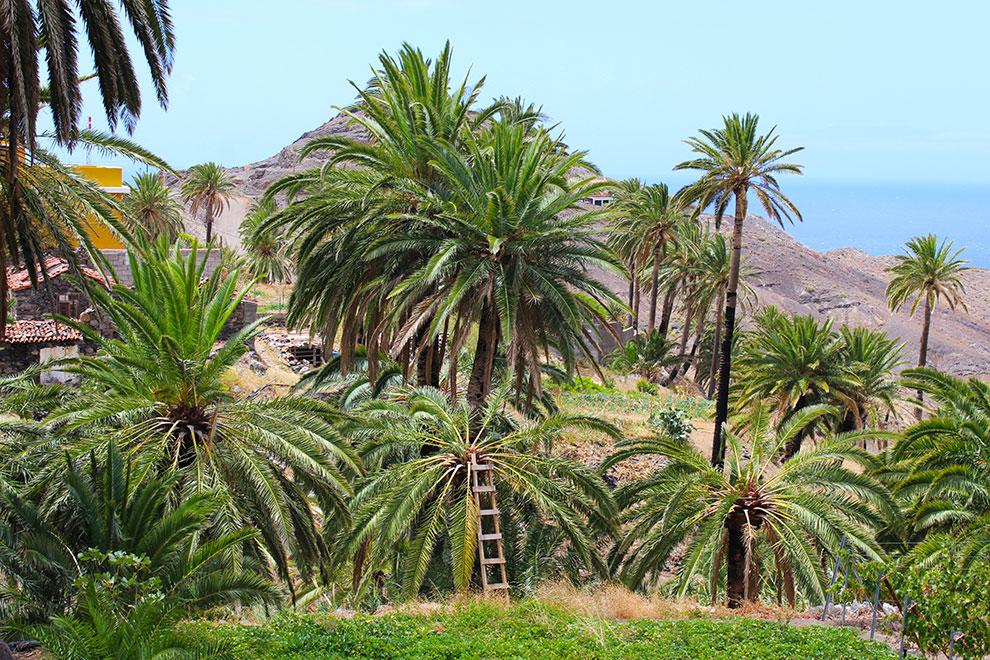
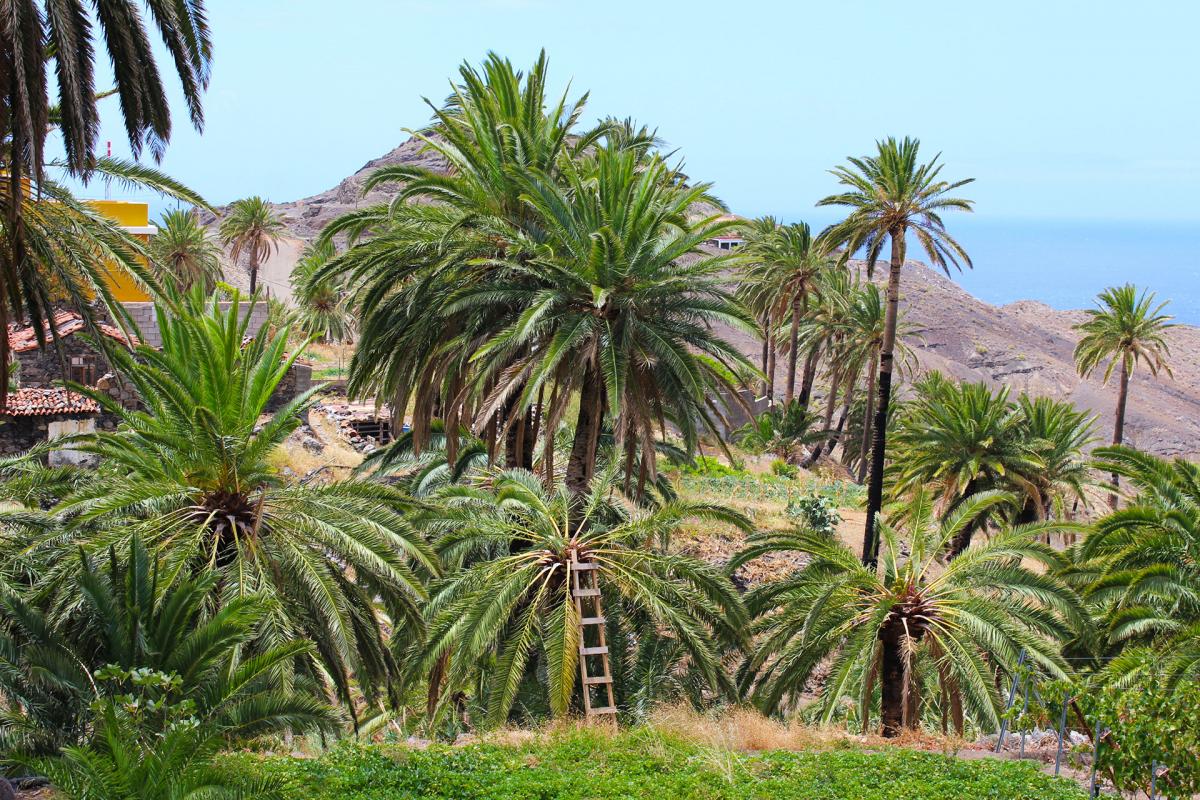
Execution at Degollada de Peraza
It occurred in San Sebastián de La Gomera. The love affairs of the Gomeran aborigine Iballa with Hernán Peraza, the Castilian lord who ruled the island with cruelty, were considered to be incest. They gave rise to the execution of the latter by decision of the local government council. Hautacuperche was in charge of killing him in this place, since it became the family’s territory after drinking milk from the same animal when they made a pact to occupy it. From Roque de Agando there is a path that goes through this gorge or degollada, and nearby is the cave of Guahedum, where Peraza was killed.
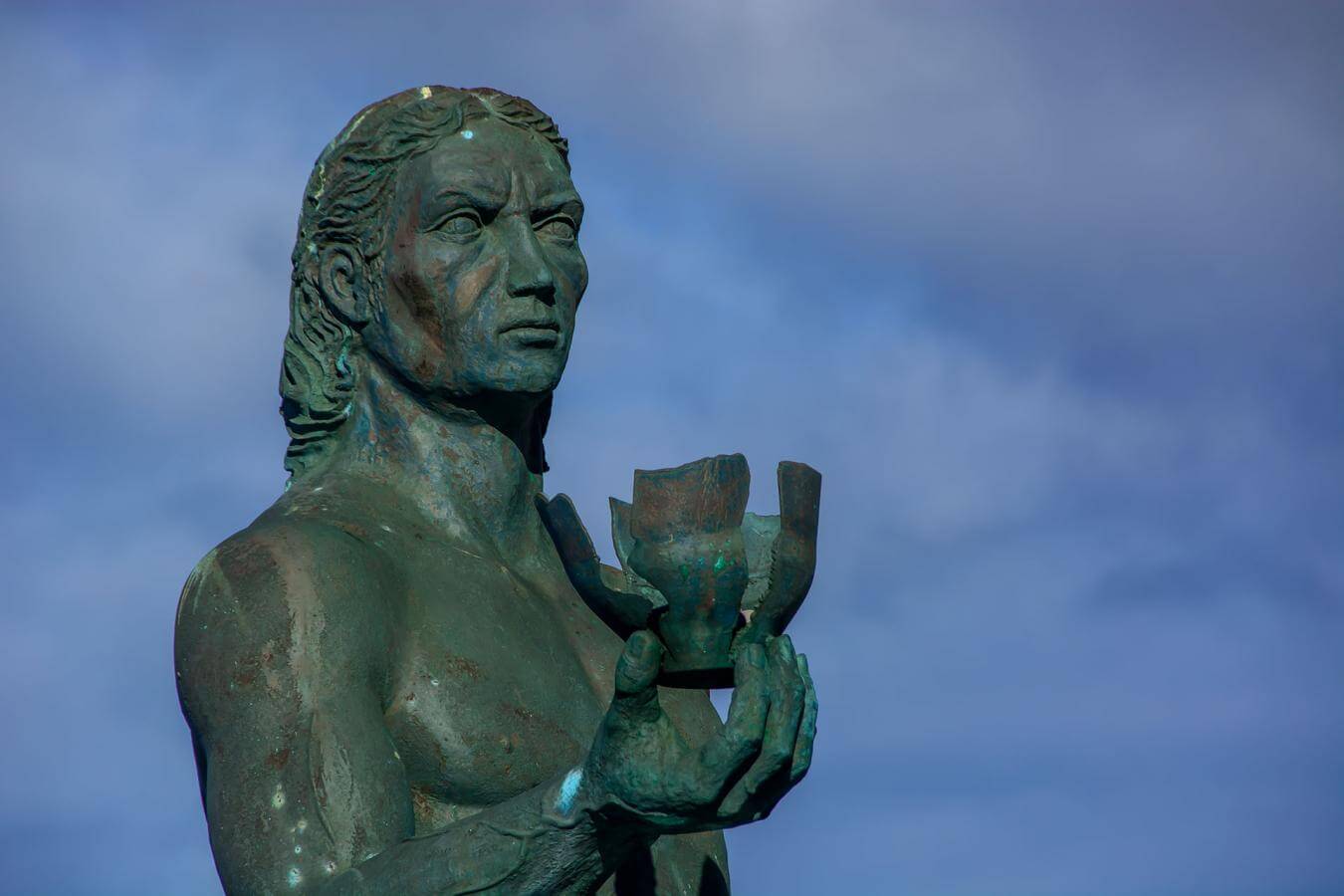
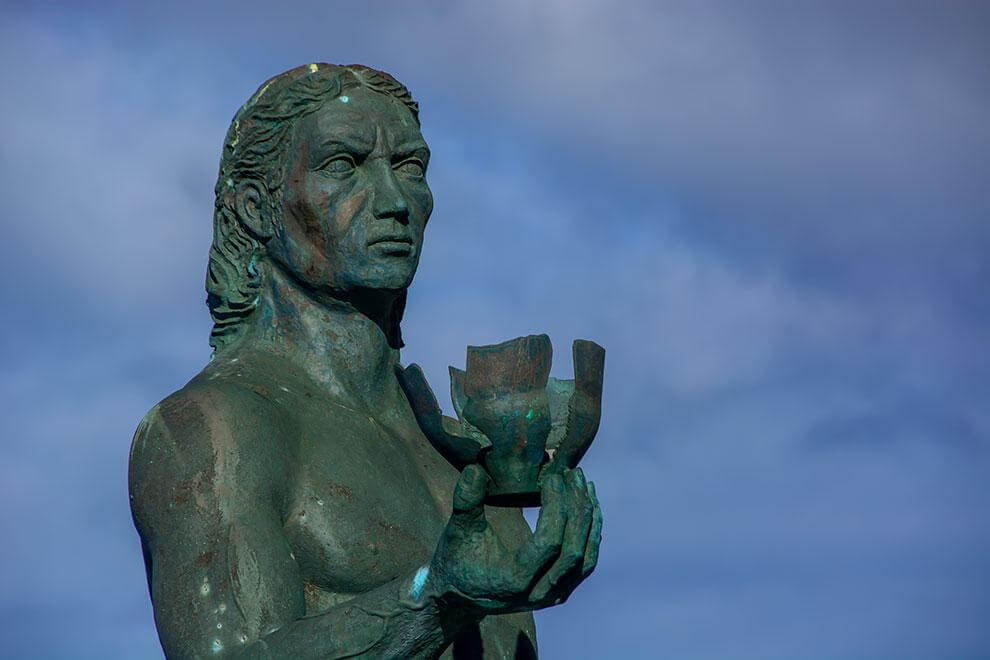
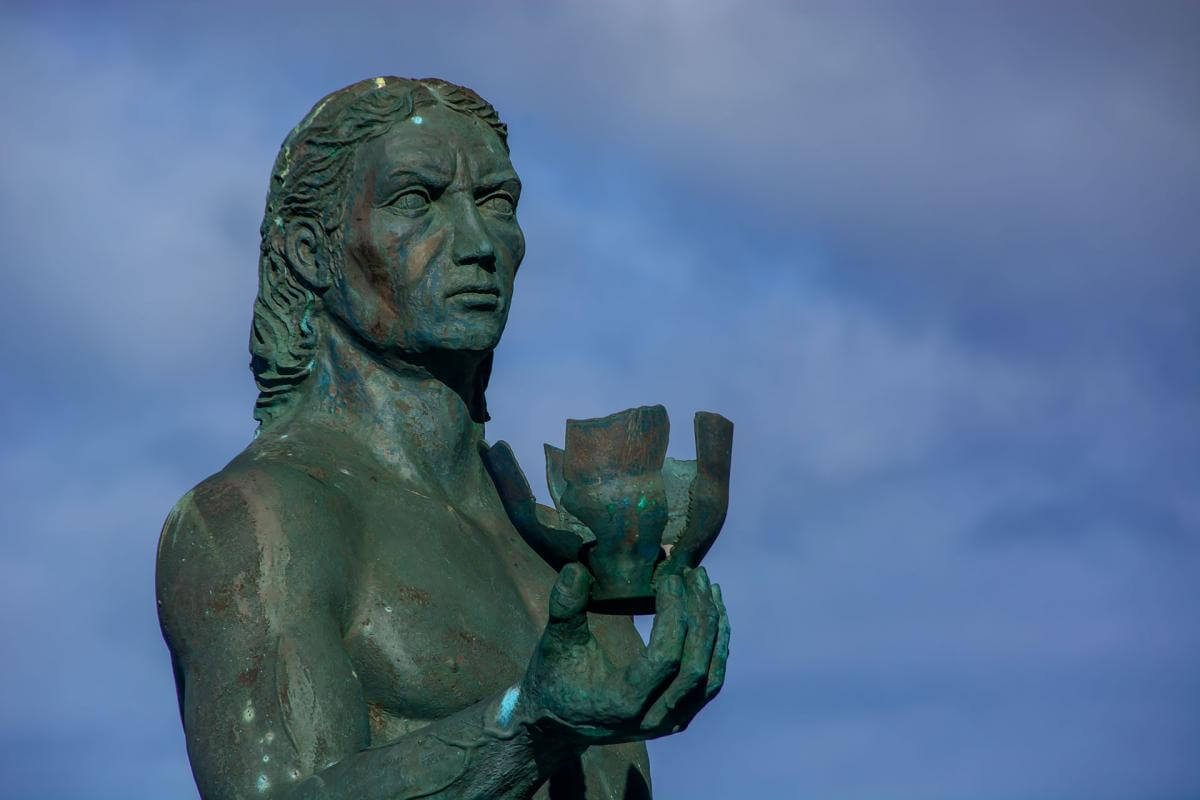
Rebellion of the Gomeros
Hautacuperche meant “person who is marked with the favor of the gods.” The historical chronicles narrate how Iballa’s mother, in the cave of Guahedum with her, in the area of the Natural Monument of Los Roques, warned Hautacuperche when she came out, who was waiting at the top of the Degollada, by means of the whistled language of La Gomera. He also whistled back. “In fact,” says Juan Carlos Hernández, heritage technician of the Cabildo de La Gomera, “Iballa heard and understood what they were saying and warned Hernán Peraza that they were going to kill him. Therefore, we believe that even then whistling was a language.”



Siege of the Torre del Conde
Located in San Sebastian de La Gomera, the tower’s orientation, at the mouth of the ravine of La Villa, indicates that it was built to defend the Castilians from the aborigines and pirates. Beatriz de Bobadilla, Hernán Peraza’s wife, ran for refuge there after his execution. There were three attempted assaults by the aboriginal warriors, skilled in stone throwing, in which they had been trained since they were children. In fact, Hautacuperche was so dexterous with stones that while he threw them with one hand against the tower, with the other he caught the arrows of the Castilians and returned the arrows to them. Hence, the soldiers identified him as the chief and killed him. It was at the time when reinforcements from the Castilian Crown arrived to defend the territory. The natives of La Gomera believed they had lost the favor of their divinities and withdrew to the sacred place of Alto de Garajonay to recover it.
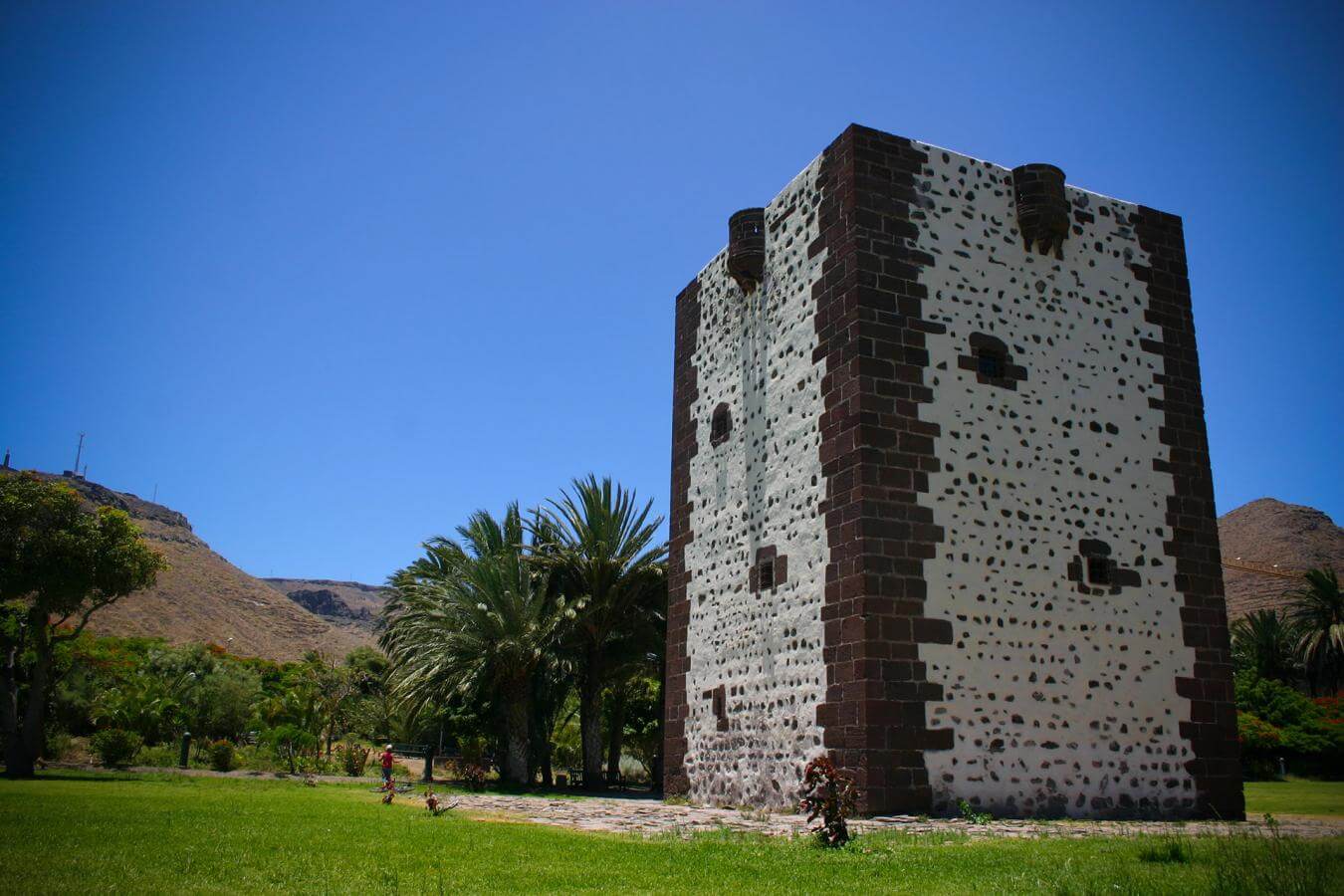
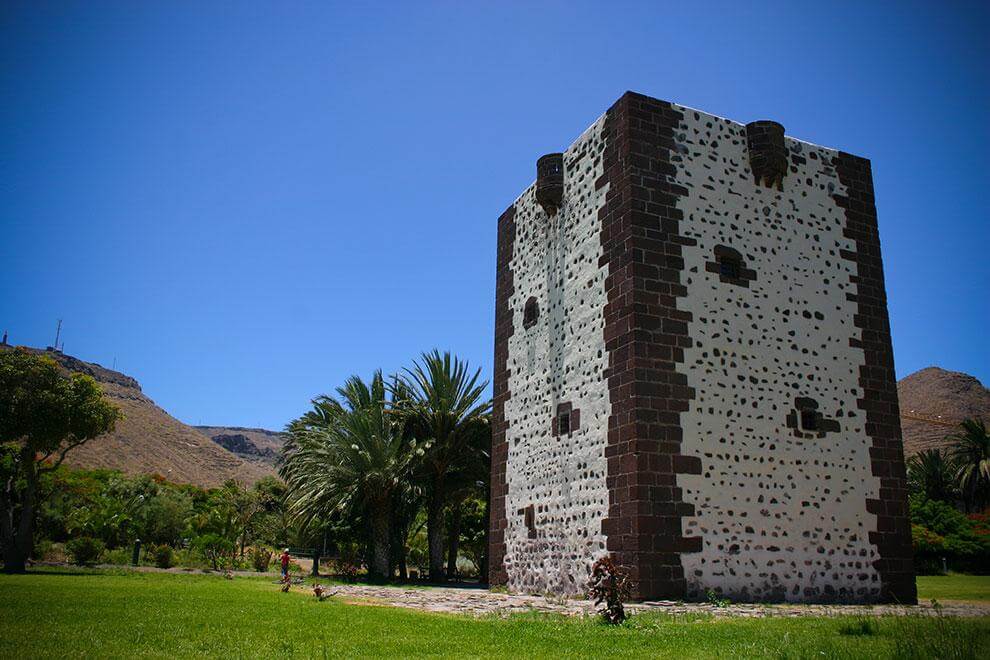
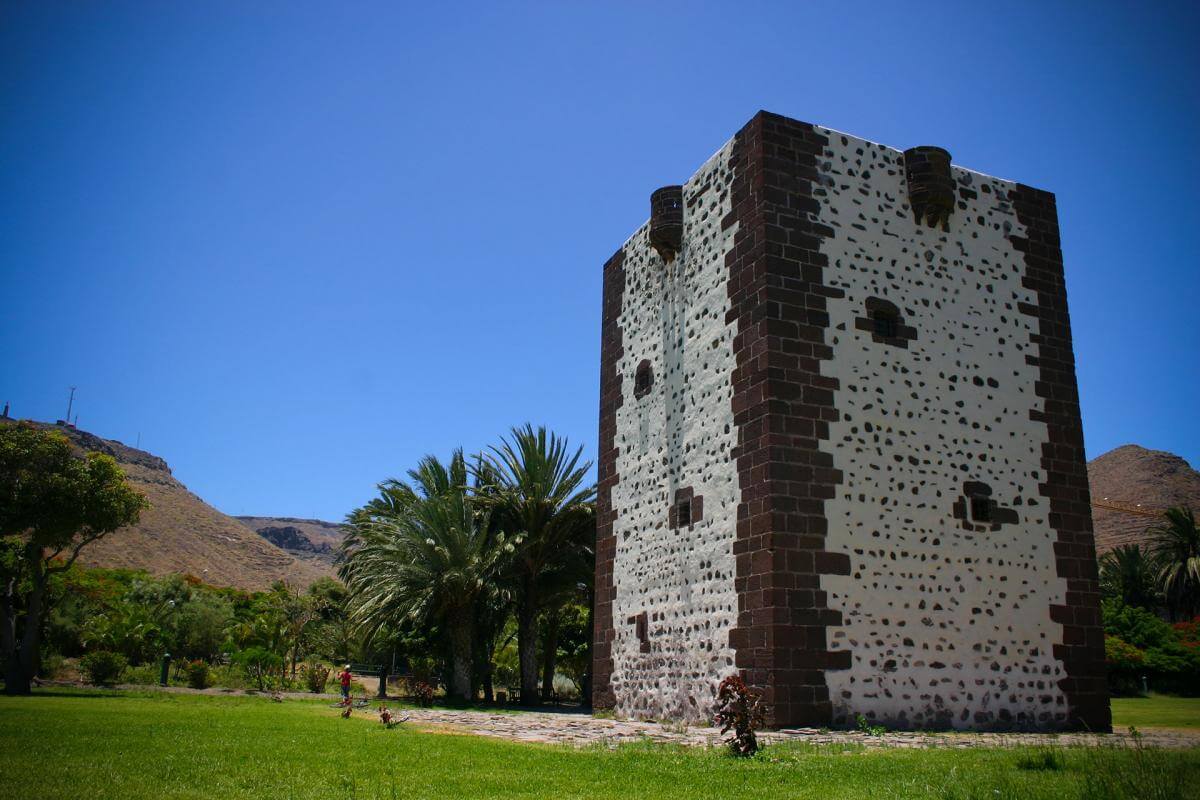
Searching for the Favor of the Divinity in the Alto de Garajonay
With 1,487 meters it is the highest point of La Gomera and is located in Garajonay National Park, declared a World Heritage Site by UNESCO. Its surface area is distributed among the six municipalities of the island. The heart of La Gomera and the place where the trails cross, it is a laurel forest of the Tertiary Era that feeds on clouds to grow. Its famous mist accompanies the hiker until he/she reaches the top and encounters the views of the Atlantic Ocean. As a sacred place, you can still see the sacrificial altars built as stone monuments of this great religious center. The natives remained there until they were tricked into going down to San Sebastián de La Gomera by the conquistador Pedro de Vera. The punishment with which he penalized them when they were imprisoned is considered the greatest blood punishment of the conquest.
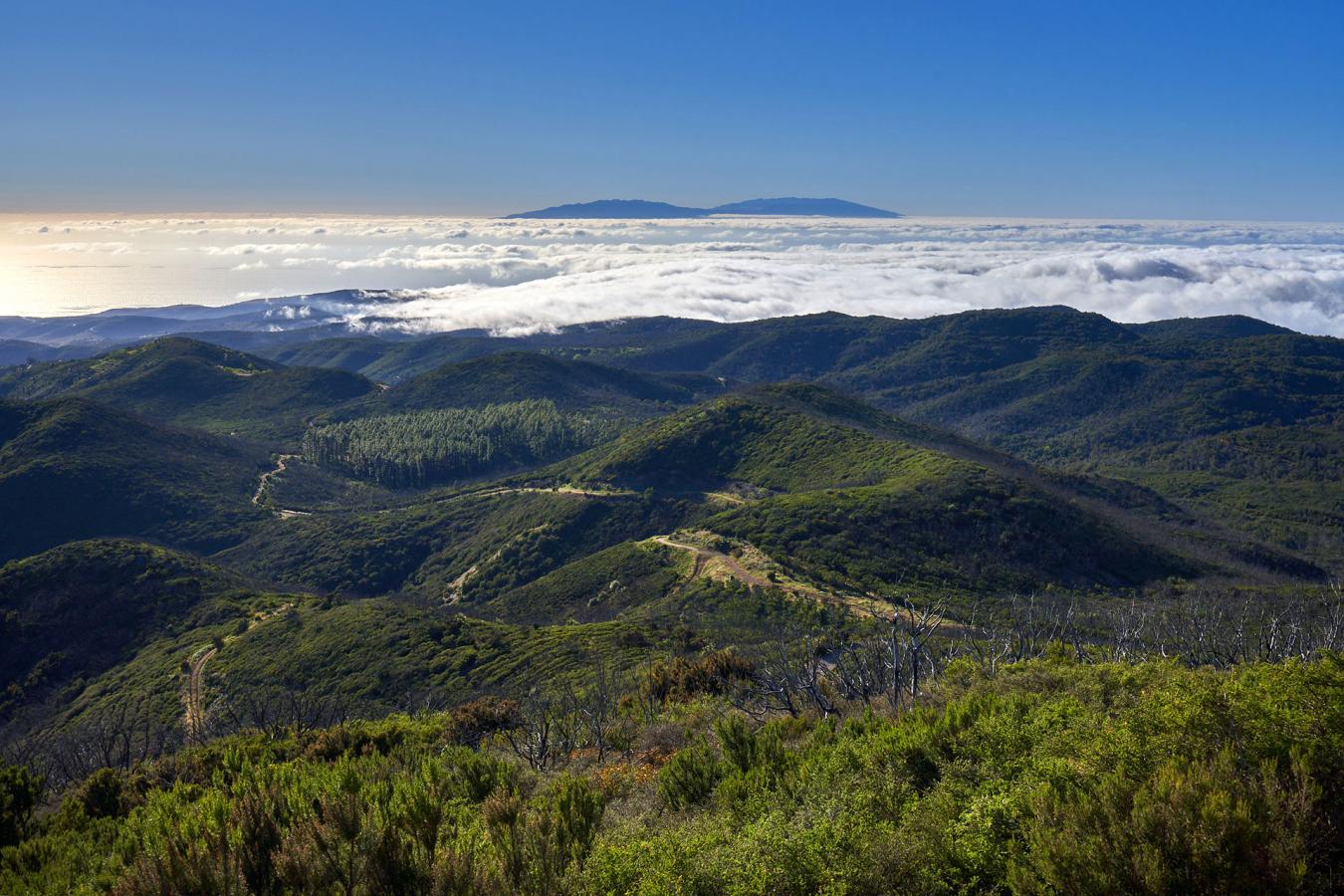
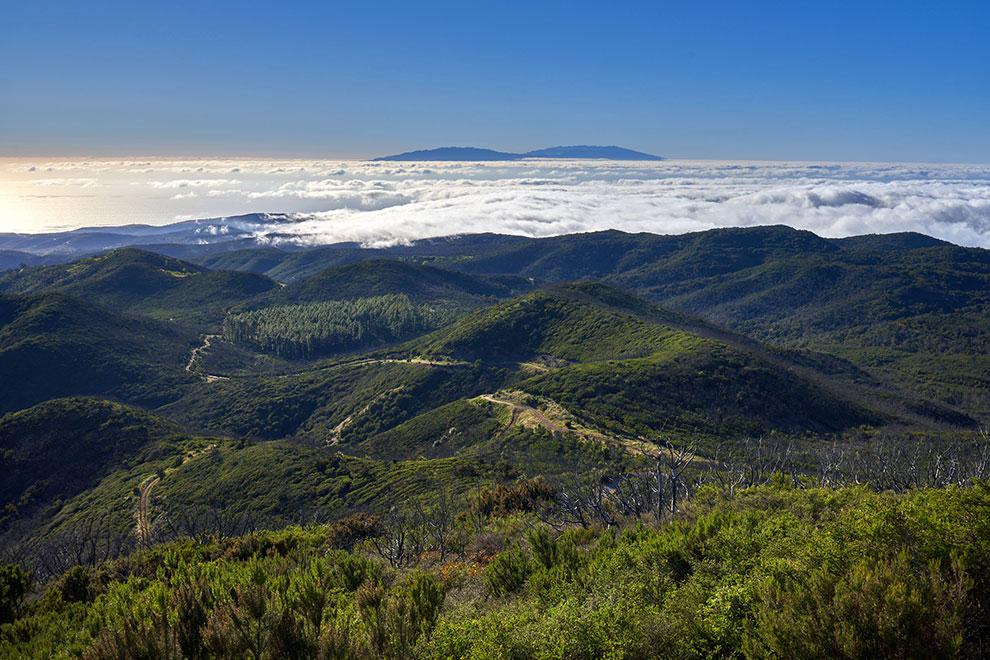
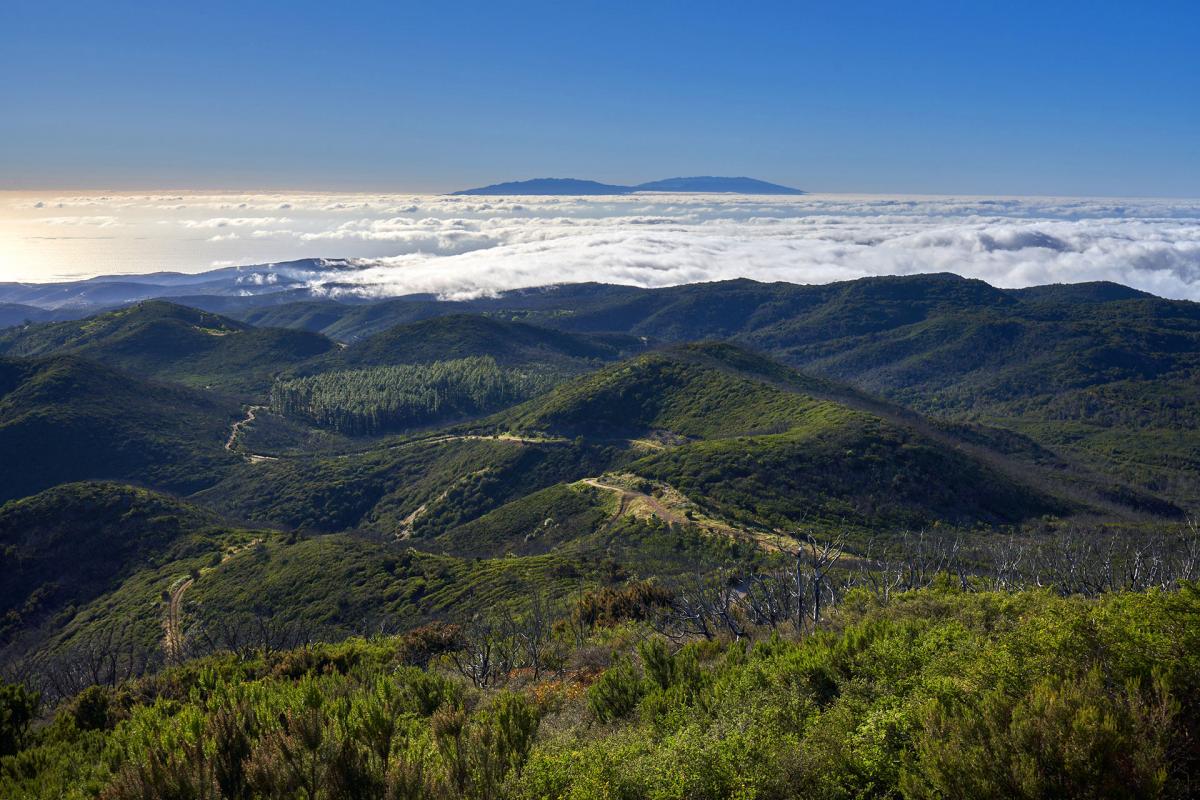
Wisdom from the Hamlet of Gerián
In this archaeological treasure of cave houses still preserved in Vallehermoso is the place where lived Hupalupo, one of the members of the aboriginal council of La Gomera. He is known as a wise and highly respected man who advocated not to initiate the conflict that would lead to the Gomero Rebellion. It is a place structured by trails that lead to natural monuments such as Roque Cano or the Chipude Fortress. The journey to the past is enriched in Vallehermoso by visiting Las Loceras Interpretation Center, the perfect place to learn about the typical pottery of La Gomera and the Palm Honey Interpretation Center, where they will explain why the guarapo is considered one of the best drinks in the world for giving energy. The natives drank it together with the tasty gofio gomero. In addition, it becomes “palm honey,” another richness of the gastronomy of La Gomera.
